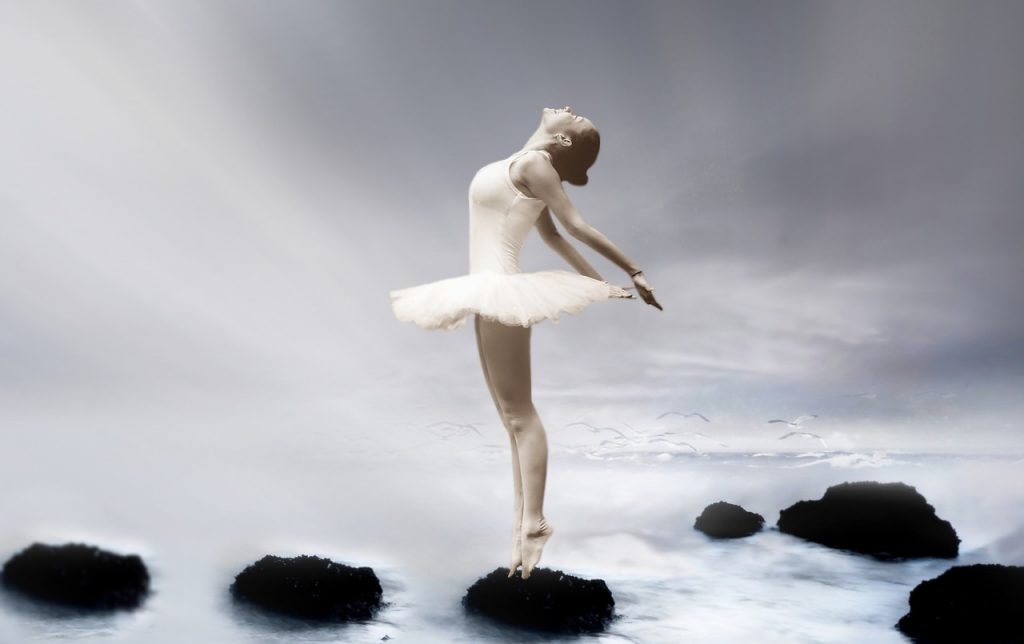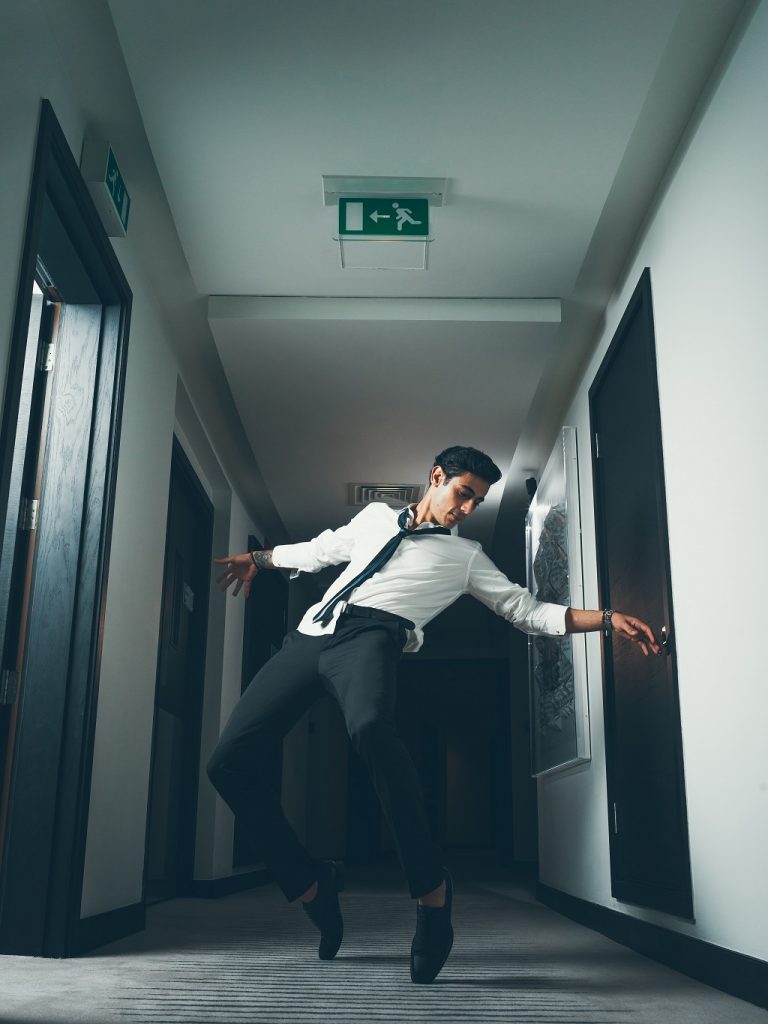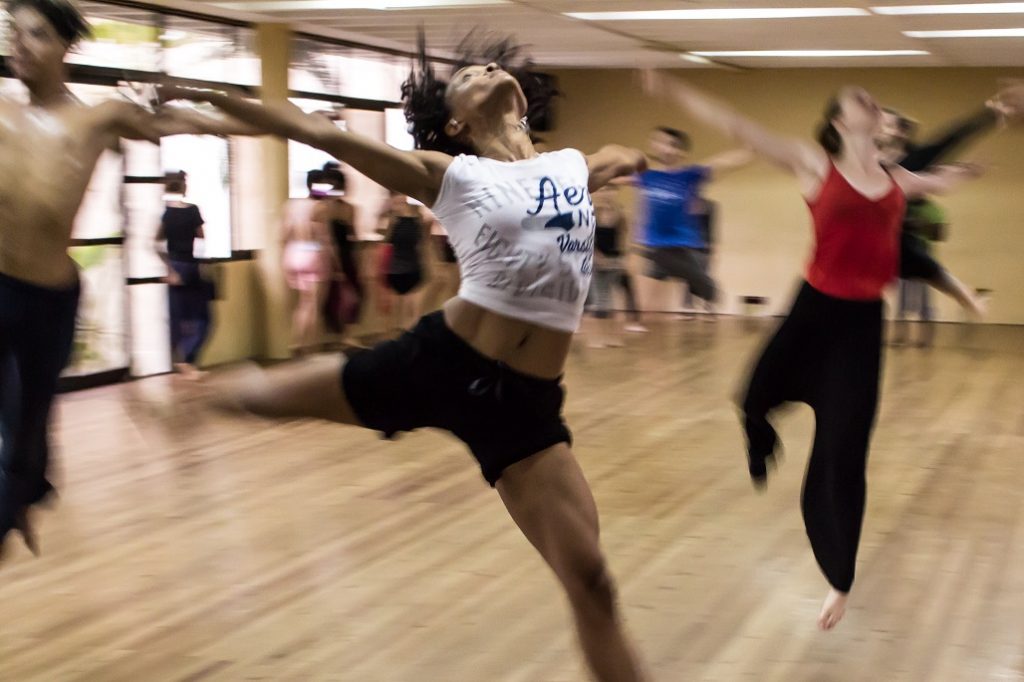Ballet Dance


Ballet dance came in existence during the Renaissance period in 1600. Initially, ballet dance originated in Italy. However, in eighteen hundred the fame of ballet dance turned down in France. However, it was popular in countries like Denmark and Russia. From the early ’20s till today ballet has developed many different forms like- classical, neo-classical, contemporary and romantic.
Classical ballet is considered to be the oldest and traditional form of ballet dancing. George Balanchine is considered to be the pioneer of ballet dancing. Ballet is not at all an easy dance form. Dancers require lots of practice to be a master in this dance form. It is a beautiful dance style which is performed with grace and elegance by the dancers. The movements in the dance are accurate and to the point with a proper balance of the body.
The people who are interested in mastering this dance style should start practising it from an early age. This is because this dance requires proper coordination of our body muscles and joints which could only be made if the continuous practice is done. It is not at all easy to be a professional ballet dancer as it requires lots of dedication, commitment and passion for ballet.
The dress code and shoes for ballet dancing is also particular. Generally, black leotards and tights are the dress code for ballet dancers, but it is wise if the students first ask their dance teachers for their dresses. The ballet shoes are flat and little Pointe. No ornaments or accessories are allowed to be worn in ballet dance. Ballet is an art form which requires a lot of hard work to learn the moves and steps. It takes years by the dancers to become professionals in this dance style. It is always very relaxing to watch ballet as the dancers are so elegant in their movements.
If you are a dancer and would like to showcase your talent, then you should consider joining TaagMe. It is a free platform for showcasing your talent to the world! If you need help in getting yourself out there, TaagMe can help you.









Responses